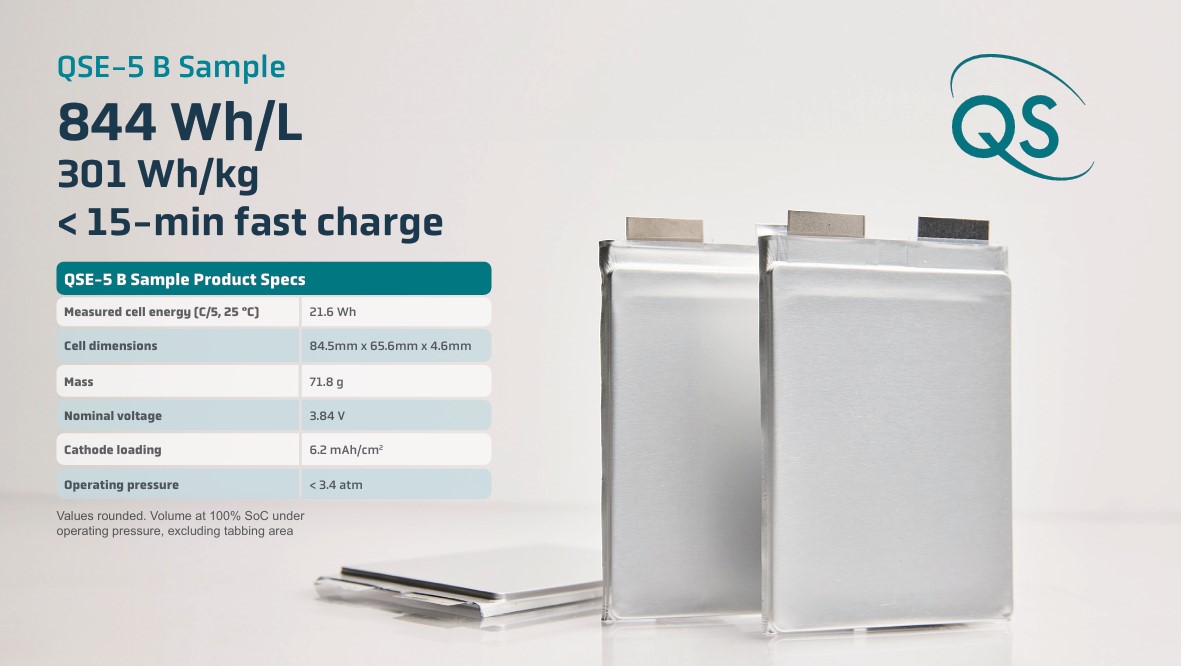On September 11th, it was reported that CATL's lithium mine in Jiangxi had ceased production. In response, CATL stated to several journalists that, based on the recent lithium carbonate market, the company plans to adjust the production arrangements for lithium carbonate in Yichun.
CATL's lithium mine business in Yichun, Jiangxi, mainly began with the acquisition of the mining rights for the Jianxiawo mine in 2022, ensuring the supply of upstream key resources and materials needed for its battery production. In 2022, lithium carbonate was in severe short supply, leading to a significant increase in its price, even reaching as high as 600,000 yuan/tonne. Subsequently, battery companies, including CATL, began to invest in upstream mineral resources.
CATL's Jianxiawo mine area is the largest lithium mica mine in Yichun, Jiangxi. The resource reserve amounts to 960.25 million tonnes, with an average lithium oxide grade of 0.27%, equivalent to approximately 6.57 million tonnes of lithium carbonate. Currently, the first phase of the Jianxiawo mine area reached production in mid-2023, with an annual output of about 42,000 tonnes of lithium carbonate. It is estimated that the production scale of the Jianxiawo mine area can reach 200,000 tonnes of lithium carbonate per year.
Industry insiders predict that CATL's suspension of lithium business in Yichun, Jiangxi, will lead to a reduction of 8% in the monthly production of lithium carbonate in China, equivalent to a reduction of 5,000 to 6,000 tonnes of lithium carbonate equivalent (LCE) per month.
CATL's cash cost for its lithium business is calculated to be approximately $10,968 per tonne (excluding tax) or 89,000 yuan (including tax). According to the lithium carbonate quotes, since mid-July 2024, the spot price of lithium carbonate has been below CATL's cost line. This means that CATL's lithium business has been operating at a loss for two consecutive months.
At the beginning of this month, CATL signed a three-year procurement contract with YaHua Group for battery-grade lithium hydroxide and lithium carbonate products from 2026 to 2028。 The transaction amount between the two parties reached 1.05 billion yuan last year.
A recent report by UBS estimates that there is still an upward potential of 11%-23% for lithium prices within 2024, with lithium prices expected to be supported at $8,600 per tonne (approximately 61,183 yuan/tonne). In the long term, it is anticipated that lithium prices will fall at $9,909 per tonne (approximately 70,496 yuan/tonne) and then peak at $10,968 per tonne (approximately 78,030 yuan/tonne). When lithium prices reach this level, CATL may resume its lithium business.
On September 11th, the prices of both battery-grade and technical-grade lithium carbonate increased by 1,000 yuan/tonne. According to the latest market quotes, the lowest price for battery-grade lithium carbonate is 71,000 yuan/tonne, the highest is 75,000 yuan/tonne, with an average price of 73,000 yuan/tonne; the lowest price for industrial-grade lithium carbonate is 68,000 yuan/tonne, the highest is 70,000 yuan/tonne, with an average price of 69,000 yuan/tonne. The current price of battery-grade lithium carbonate has fallen by more than 25% from around 100,000 yuan/tonne at the beginning of the year, and by 80% from the price peak of around 500,000 yuan/tonne in 2023.
Overall, there are signs of contraction on the supply side, with high-cost mines starting to reduce production and potentially ceasing production as prices continue to fall. Capital expenditure in the lithium mining industry is significantly decreasing, and it is expected that new supply will be reduced in the next 2-3 years. However, in the long term, downstream market demand is expected to maintain a year-on-year increase of 15%-20%, especially with the rapid growth in demand for lithium batteries in the energy storage sector, which will support the demand for lithium carbonate. Some industry insiders predict that with the temporary slowdown in the release of new lithium carbonate project capacities, the lithium industry is expected to enter an upward cycle by 2026-2027.






